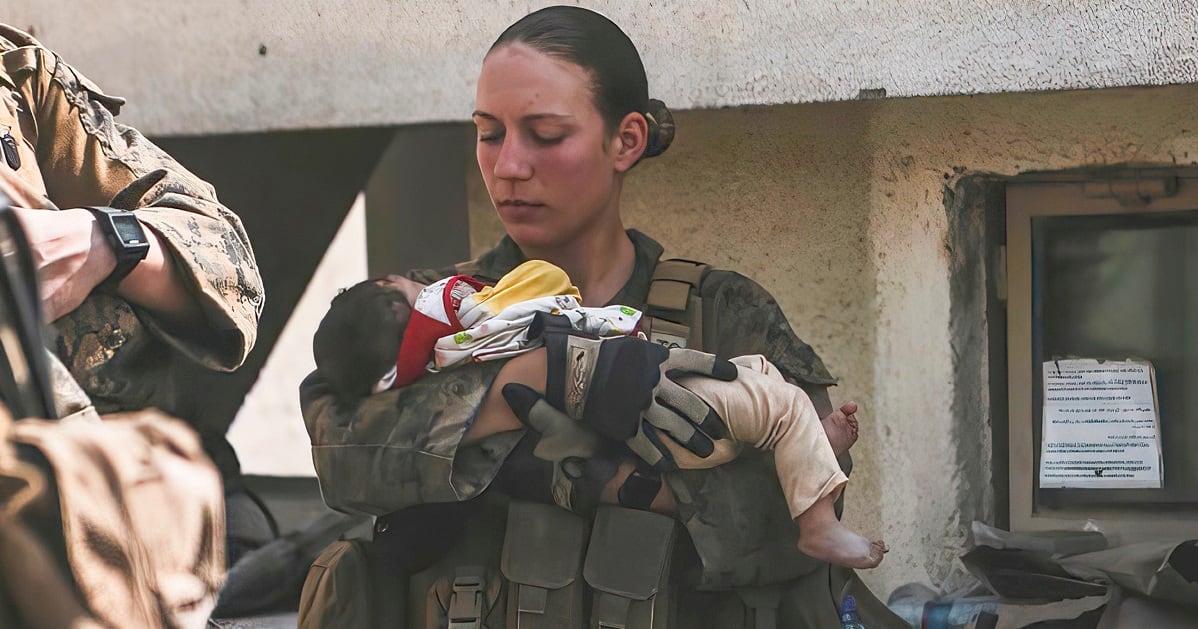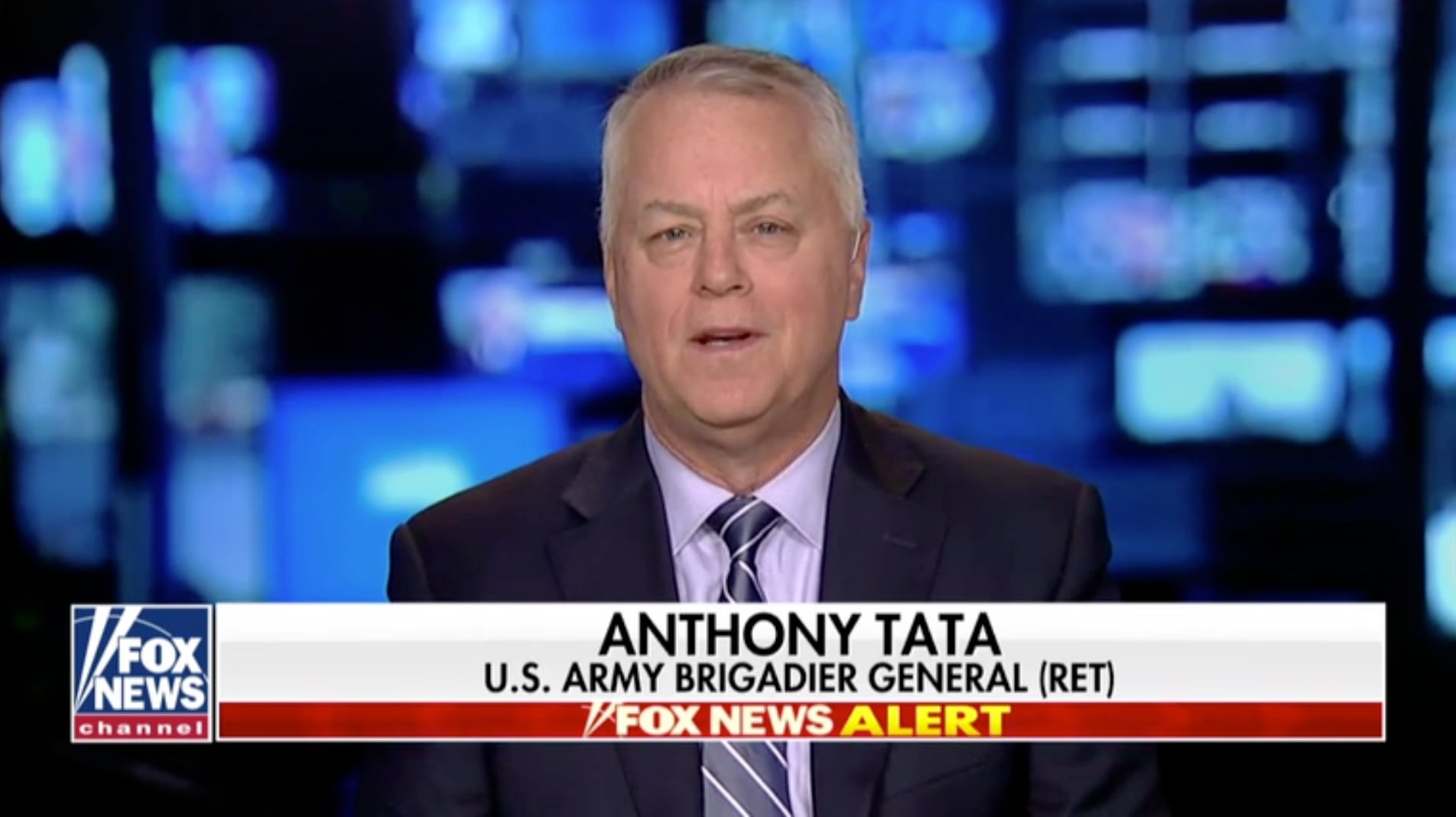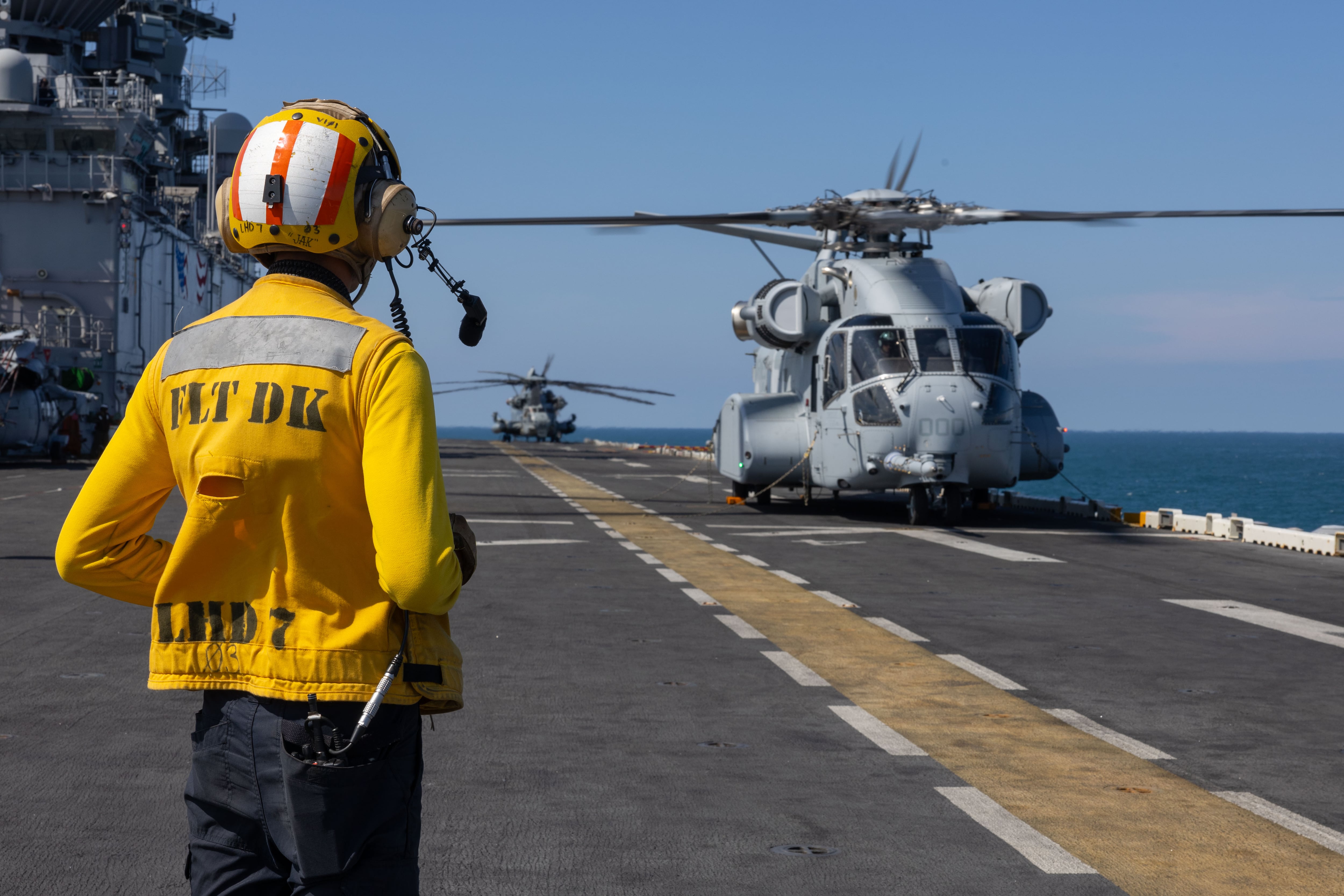Answering the question of at what point on Aug. 31 the U.S. would pull its last troops out of Afghanistan, the head of U.S. Central Command confirmed Monday 1 a.m. Kabul time that the final C-17 had taken off from Hamid Karzai International Airport. The final flight out of the country took off at 11:59 p.m. Kabul time.
The end of the 20-year war in Afghanistan was marked by one of its deadliest days, as well as a promise from the State Department that Americans still in the country would have an opportunity to evacuate at some point.
“I’m here to announce the completion of our withdrawal from Afghanistan, and the end of the military mission to evacuate American citizens, third-country nationals and vulnerable Afghan,” Marine Gen. Frank McKenzie, head of U.S. Central Command, said during a Pentagon press conference. “The last C-17 lifted off from Hamad Karzai International Airport on Aug. 30, this afternoon, at 3:29pm, East Coast time. And the last manned aircraft is now clearing the airspace above Afghanistan.”
More than 2,400 U.S. troops died supporting the war effort, with more than 20,000 wounded. The financial price tag exceeded $2 trillion and counting, according to the Costs of War Project. That cost will only increase as veterans of this conflict require treatment over the coming decades.
In the end, the U.S. and its partners on the ground were able to evacuate 123,000 civilians from Afghanistan, more than 79,000 of those on U.S. military aircraft alone after the effort kicked into high-gear as the Taliban overran Kabul on Aug. 14.
The vast majority of those evacuated were Afghan nationals, who have since landed directly in the United States, or at one of a dozen way stations in Europe and the Middle East, to finish processing for legal status in the U.S.
Evacuees were aboard the final flights, McKenzie said, though no Americans were able to make it to the airport in the 12 hours leading up to the final departure. They included hundreds of Afghan forces who stayed operational to help guard the airport during the evacuation, McKenzie said, and their families.
“I’ll have days ahead to actually think about that, but there were just so much going on in this headquarters and we were so completely focused on getting our troops out, and in the in the days before getting, you know, getting getting our citizens out and vulnerable Afghans to the best of our ability, that I did not have a lot of time for reflection,” McKenzie said when asked about his feelings on the final minutes of the 20-year war. “I’m sure I will do that in the future.”
The final days of the drawdown were marked by terror, after an ISIS suicide bomber detonated outside the Abbey Gate on Thursday, where thousands waited in line to be processed into the airport.
The blast resulted in the deaths of 11 Marines, one Navy corpsman and an 82nd Airborne Division soldier, as well as that of dozens of Afghans, and hundreds of injuries across the board.
The attack blew apart a delicate security situation the U.S. and Taliban had negotiated for the final two weeks of the drawdown, during which the vast majority of Afghan forces capitulated to Taliban incursion, culminating in the surrender of Kabul and the Afghan government’s flight from the country.
The U.S. retaliated twice, first targeting several planners of the original bomb on Friday, then taking out a suspected vehicle-borne improvised explosive device on Sunday.
“I will tell you the Taliban have been very pragmatic very pragmatic and very business-like, as we have approached this withdrawal,” McKenzie said.
While it was in the insurgent group’s best interest to let Americans and allies leave unscathed, allowing them to get through checkpoints and catch flights out of the country, dozens of reports on the ground showed that fighters continued to harass ― and execute ― civilians as they promised not to interfere with the U.S. operation.
RELATED

In the end, the final C-17s went wheels up without any ground control.
“We did not turn it over to the Taliban,” McKenzie said of the airport. “[Maj. Gen. Christopher Donahue], one of the last things he did before leaving was he talked to the Taliban commander that he had been coordinating with ... at about the time we were going to leave, just to let them know that we were leaving, but there was no discussion of turning anything over of that at all.”
With that in mind, U.S. forces left behind a spate of deadlined vehicles and aircraft deemed not worth the effort of bringing home.
That includes the Counter Rocket, Artillery and Mortar system troops used to shoot down a rocket during an attack Monday morning Kabul time, McKenzie said.
“So we demilitarize that system, so that they’ll never be used again,” he said.
There was also roughly 70 non-operational mine-resistant, ambush-protected vehicles, 27 Humvees and 73 aircraft.
“Most of them were non-mission capable to begin with, but certainly they’ll never be able to be flown again,” he said.
Non-tactical airport equipment, including firefighting trucks and front-end loaders, were left behind, with plans to put them to use when a diplomatic evacuation continues.
“Look, there’s a lot of heartbreak associated with this departure,” McKenzie said. “We did not get everybody out that we wanted to get out. But I think if we’d stayed another 10 days, we wouldn’t have gotten everybody out that we wanted to get out, and there still would have been people who would have been disappointed with that.”
“The diplomatic sequel” is up next, he said. The State Department last week announced its intention to continue to evacuate and rescue Americans ― and vulnerable Afghans where possible.
The Pentagon has said that troops and military aircraft are not expected to be part of that effort, but McKenzie said that he believes the number of Americans still left in Afghanistan is in the “very low hundreds.”
That mission won’t be without danger, however.
“I think the terror threat’s going to be very high, and I don’t want to minimize that,” McKenzie said, especially without troops and equipment on the ground to help counter attacks.
McKenzie would not say whether unmanned aerial and strike fighter flights continue surveillance and quick-reaction support over Kabul and beyond.
“So as we have said for quite a while, we always reserve the opportunity to go after ... in the counterterrorism realm, al-Qaida and ISIS, when those targets present themselves, so we will always retain the ability to do that,” McKenzie said.
Meghann Myers is the Pentagon bureau chief at Military Times. She covers operations, policy, personnel, leadership and other issues affecting service members.




